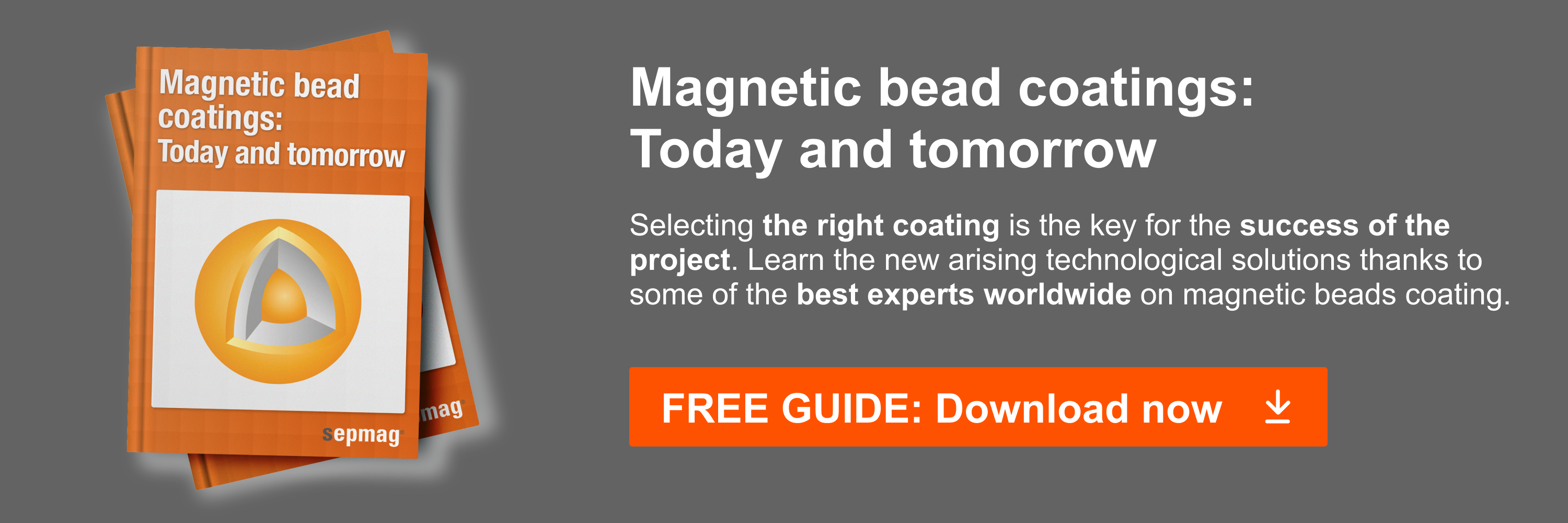Magnetic nanoparticles have proven particularly effective in chemotherapeutics applications. By combining the physical and chemical properties of more than one component material, nanoparticles can be designed that contain multiple functionalities, thereby dramatically increasing therapeutic efficacy. Recently, a research group out of University College Dublin in Ireland developed nanoparticles with distinct outer segments. The researchers coupled the properties of each of the segments to yield particles capable of performing diagnostic and therapeutic operations, inducing targeted cell death through multiple mechanisms.
Janus particles designed to target cancer cells
The nanoparticles, developed by a group led by Dr. Gil Lee, were synthesized using a templated electrodeposition approach and functionalized via a two-step chemical method. The resulting rod-shaped Janus particles were composed of two domains: gold and iron segments measuring approximately 88 nm and 1 μm, respectively. The iron segment was coated with an inert layer of PEG. The gold segment was coated with a thiol-PEG-carboxyl monolayer and then functionalized with heregulin (HRG), a ligand of the ErbB family of receptors which is overexpressed in certain breast cancers and linked with poor disease prognosis.
Binding of the nanoparticles to ErbB receptors stimulated extracellular signal-regulated kinase 1/2 (ERK) phosphorylation. While ERK activation is essential to cancer cell proliferation, hyperactivation can have the opposite effect. Hyperactivation was induced by mechanical stimulation of the cells in the presence of low-dose B-Raf inhibitors, which have been shown to stimulate ERK activity in a dose-dependent manner. Mechanical stimulation was applied by subjecting the cells to a magnetic force via custom-built magnetic tweezers. The result was hyperactivation of the ERK pathway resulting in induced cell death.
Hyperthermia-induced cell death and enhanced cellular imaging
In addition to mechanochemical stimulation, cell death was achieved through magnetic hyperthermia. Applying an alternating magnetic frequency to particle-bound cells resulted in a lesser degree of cell death, but taken in combination with the above methods, increased the overall efficacy of the protocol.
The specific targeting of the Fe-Au nanoparticles suggests that treatment applications can be achieved through relatively low particle densities. What’s more, due to the magnetic properties of the iron component, the nanoparticles can potentially serve as contrast agents in diagnostic applications such as magnetic resonance imaging. Similarly, gold nanoparticles have been shown to be effective as contrast agents in imaging applications such as X-ray-based computer tomography and near-infrared (NIR) imaging. In effect, the particles can theoretically be utilized for diagnostic as well as therapeutic purposes.
Details of the study can be found in the journal article titled “Mechanochemical Stimulation of MCF7 Cells with Rod-Shaped Fe–Au Janus Particles Induces Cell Death Through Paradoxical Hyperactivation of ERK,” published in “Advanced Healthcare Materials.”
Related news:



